Ents,
The Adirondack Park encompasses about six million acres
of northern
New York, but the area is not uniformly mountainous. While
the High
Peaks region in the northeastern part of the park includes
rugged
peaks that rise 3000’ above surrounding lands, a gentler
terrain of
low irregular hills and scattered small lakes predominates
in the
park’s southwestern quadrant. Occasional
northeast-southwest oriented
ridges with steep eastern sides hint at the more rugged
terrain to the
northeast, but they rarely rise more than a few hundred
feet. As
Barbara McMartin points out in The Great Forest of the
Adirondacks,
even though that terrain posed little impediment to 19th
century
logging operations, the region’s dearth of desirable timber
species
caused loggers to concentrate on other parts of the
Adirondacks.
White pine, the most sought after species of the time,
occurred
throughout the mountains in only limited populations, and
red spruce,
the second most desired species, became abundant only at
elevations
higher than those common in the southwestern Adirondacks,
generally
slightly less than 2000’. Hence, a mixture of cleared,
highgraded,
and untouched lands were incorporated into the park.
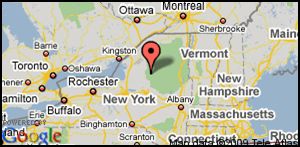
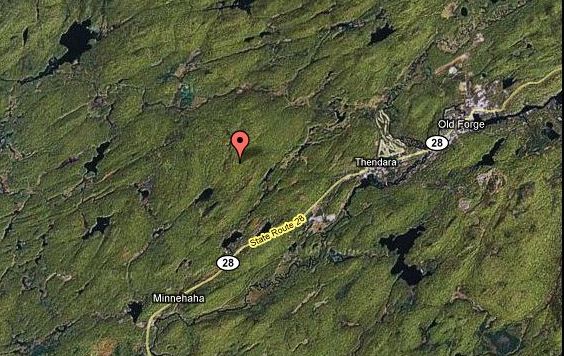
The Ha-de-ron-dah Wilderness Area lies on the western edge
of Old
Forge, the largest town in the southwestern Adirondacks
(although
still not large enough to have a traffic light). On June
25th, my dad
and I crossed the area on a series of unmaintained trails.
Flat
sections of trail traversed low areas of second growth
forests that
frequently gave way to beaver ponds.
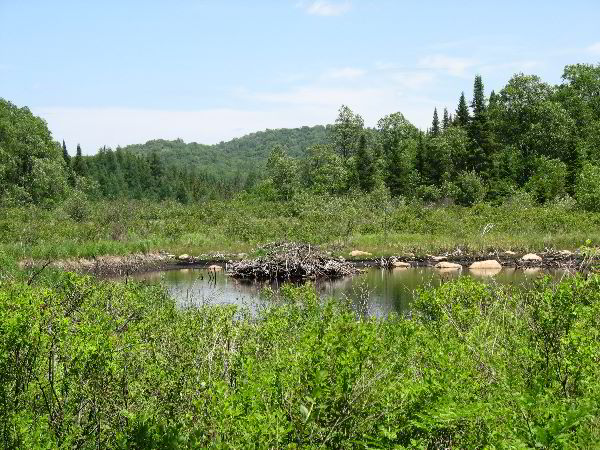
Beaver Lodge - photo by Jess Riddle
Black cherry, red maple and
sugar maple dominate the overstory with the cherry
occasionally
forming nearly pure stands. Red and striped maple saplings
pierced
the sea of hay scented fern and bracken fern covering the
forest floor
to form a sparse understory. Near the ponds, red spruce and
balsam
fir mixed into the overstory and the ferns gave way to
goldthread,
bunchberry, false violet, and blueberries.
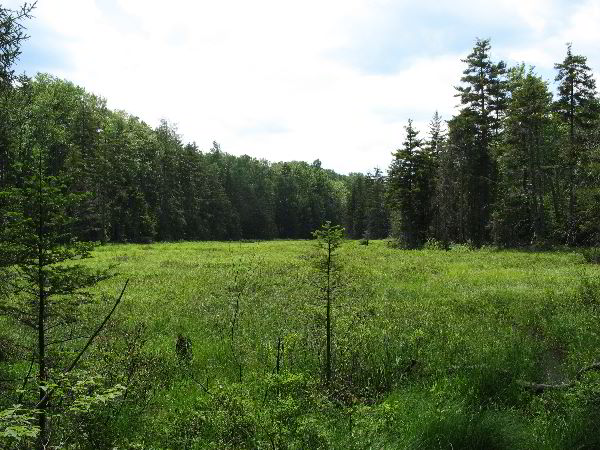
Sedge meadow in old beaver pond - photo by Jess Riddle
Vegetation in and on the
edges of the ponds varied with time since abandonment, and
ranged from
sedge meadows to shrub thickets that included speckled
alder,
leatherleaf, wild raison, and chokeberry.
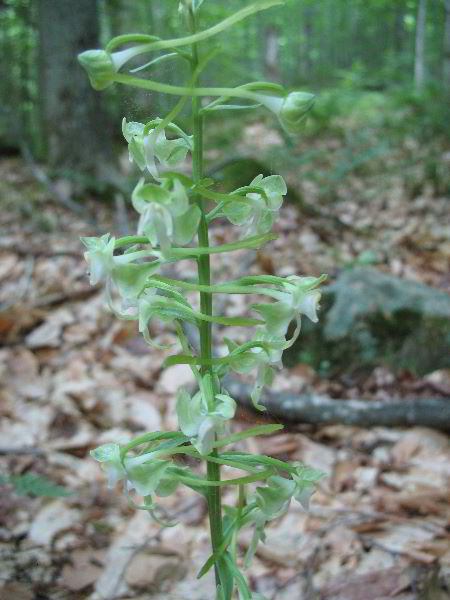
Large round leaved orchid (Platanthera orbiculata) -
photo by Jess Riddle
Between Big Otter Lake and Simon pond, two glacier
produced water
bodies, the old trail weaves between several 200 to 300’
high hills
and through a much less disturbed forest. Yellow birch,
frequently
two and a half to three feet in diameter, forms most of the
overstory
with scattered red maple and formerly beech.
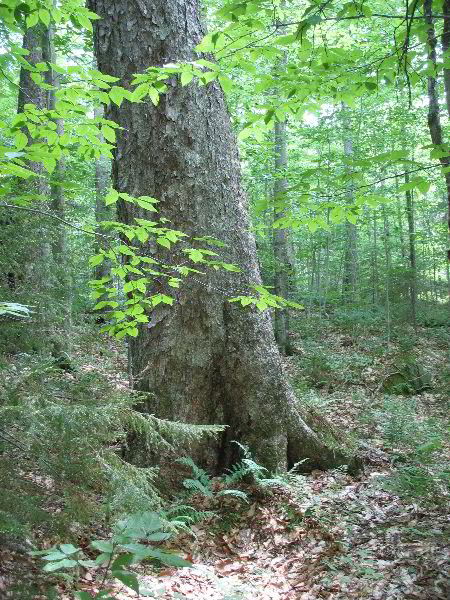
13'3.5" dbh x 85.3' tall yellow birch - photo by Jess
Riddle
Beech bark disease has
killed most of the beech over a foot in diameter leaving
canopy gaps
that either smaller beech or striped maple have filled.
Near streams
and lakeshores, red spruce, although none that look old, and
scattered
hemlocks also reach the canopy. Except in a few lake shore
areas,
intermediate wood fern dominates the herbaceous layer, and
witch
hobble forms a patchy understory. The most productive
forest grows on
level areas elevated perhaps 30 to 50’ above adjacent
streams or
lakes. In that setting, hemlocks reach about three feet dbh
and the
largest yellow birch seen was 13’3.5” x 85.3’.
Jess Riddle